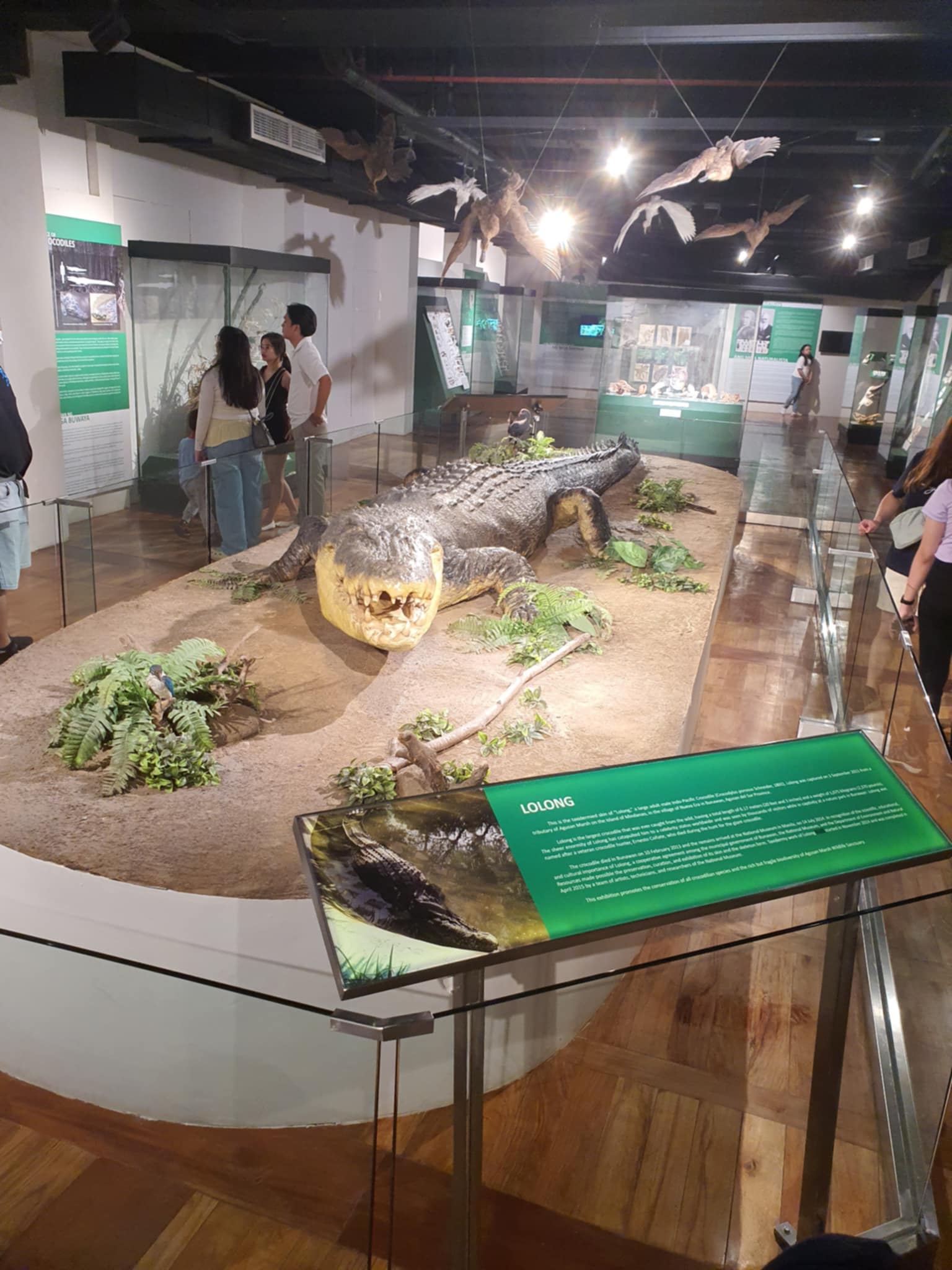
Last January 4, 2025, my wife and I decided to take our 3-year-old to see the National Museum of Natural History. I agreed for another reason: I wanted to visit a giant crocodile that I had not seen for a long time.
How to Get There:
There are many ways to get to the Museum of Natural History. You can reach it by private or public utility vehicle. In our case, we decided to forgo bringing a car and commute to the museum.
This is how we did it:
We took the Bus from Eastwood to Cubao Gateway
We then took the LRT 2 from Cubao Gateway to Bambang to make a short stopover at Canomed Corporation
And then we took a Grab Car from Bambang to the National Museum of Natural History
We spent less than Php 300 to get to the Museum of Natural History using that method instead of using a Grab Car from Eastwood to the museum which would have probably cost us double or nearly triple that amount.
The only hassle was getting on and off the bus and the train and doing a little walking but those are very mild complaints that I would say are first-world problems.
Getting Into the National Museum of Natural History
As soon as we got to the National Museum of Natural History we saw a lot of people milling about the gate. It was a small crowd composed of families and students. I think I saw a lot more students than old people there which made me happy.
Now whether they were there on a date or because it was required by their school doesn’t matter.
The important thing is they went to the museum.
Getting through the gate was easy and then we had to fall in line before we could enter the museum itself.
There was a very long line but entry wasn’t hindered by such numbers, the staff (looked like student volunteers who needed data for their thesis) were able to quickly gather the info they needed and we were in.
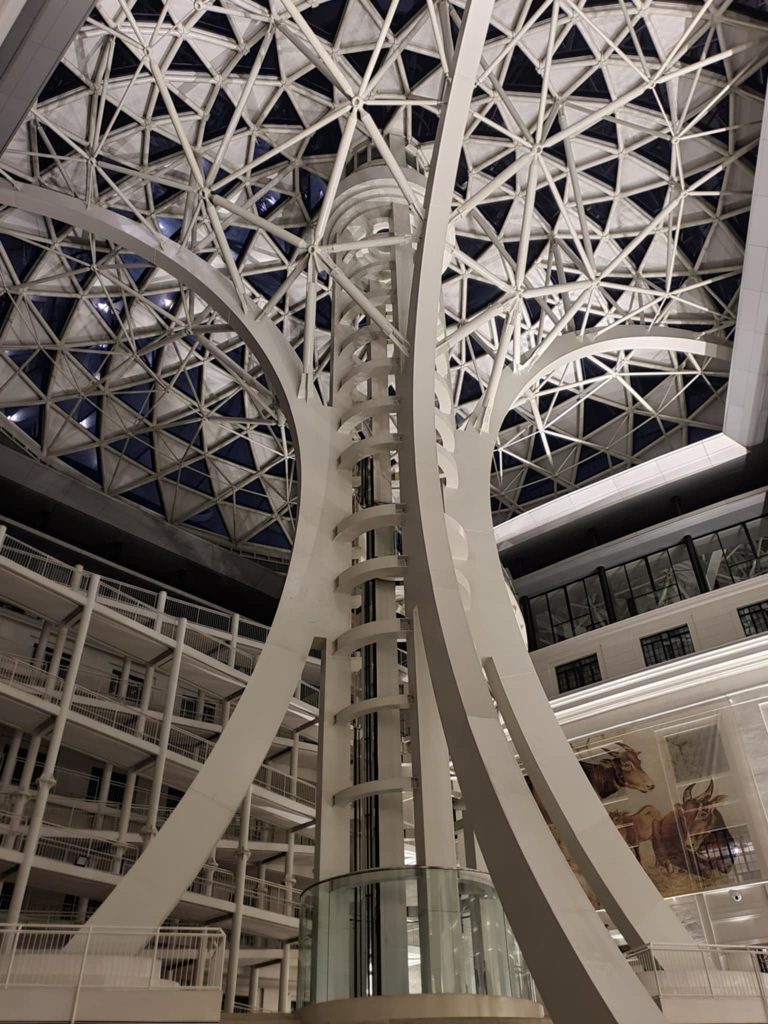
Once inside, you can take whichever direction you want to check out the displays.
Ground Floor
The ground floor has a lot of petrified displays. There are also meteorites and interesting fossils.
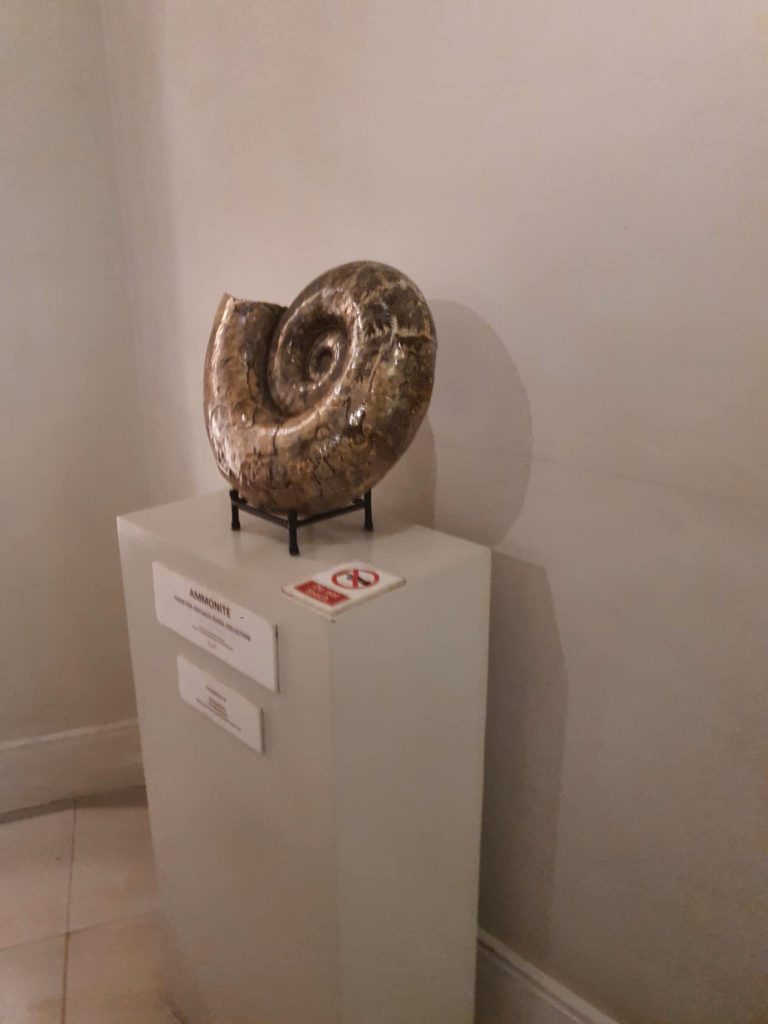
There are illustrations of the Philippine Eagle, then known as the Monkey-eating Eagle with a rather morbid display of an eagle with its talons sunk into the body of a helpless monkey.
And then you also get to see large paintings of the Tamaraw and the tarsier which is cool.
We didn’t use the elevator to go up and decided to use the ramps to visit each floor as we ascended.
Each floor is designed to lead traffic in a certain direction to make it more efficient for visitors to see all of the displays.
Second Floor
There is an area that features extinct animals found in our mountains. We see deer, squirrels, rats, and the tools used by early explorers to see these animals.
It’s funny how the technology they used which seemed advanced during that time looks obsolete now.
They have cupboards filled with animal oddities and other things that resulted in me having sensory overload.
The one takeaway I had is that thanks to those pioneers, we have a record of animals inthat era.
Third, Fourth and Fifth Floors
Everything became a blur because our toddler was so excited that he’d zip from one place to the next. I just couldn’t pay as much attention to the displays because I was also busy looking after an energetic child.
There were notable displays showcasing mangrove crabs, otters, flying foxes, snakes, and so many more.
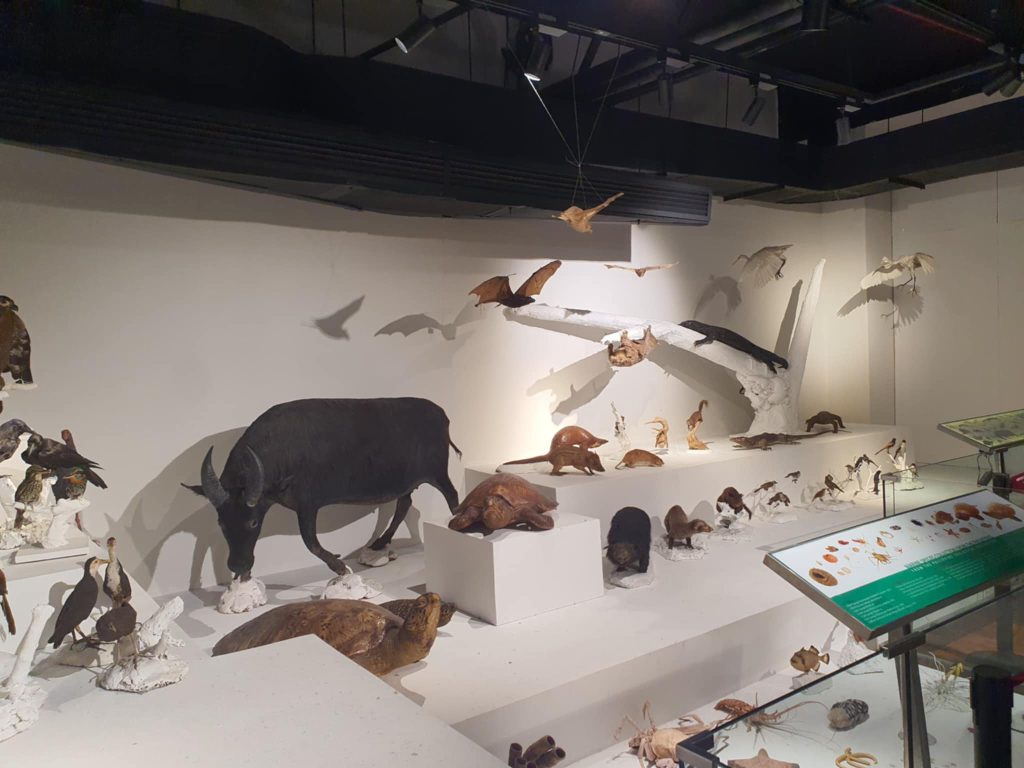
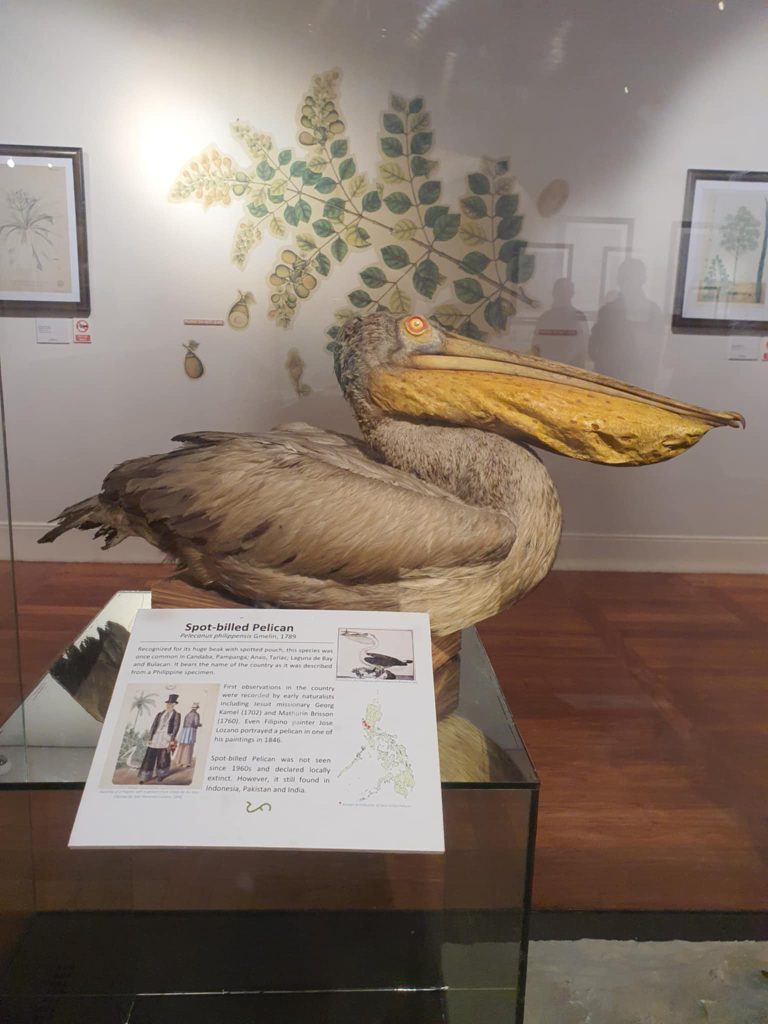
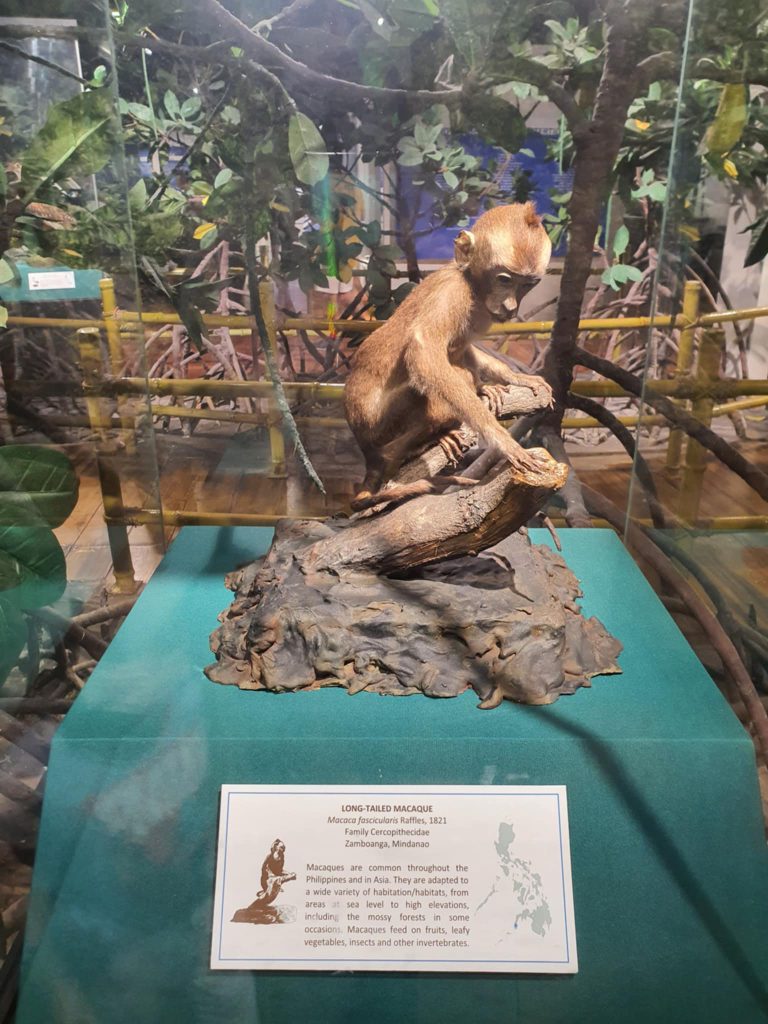
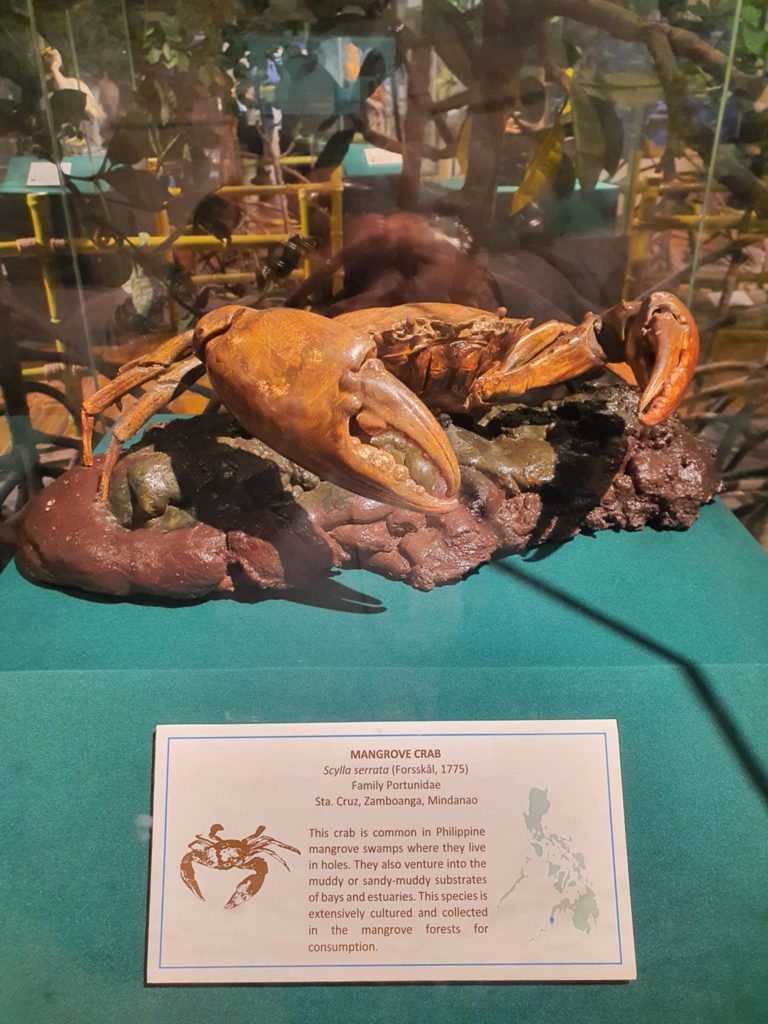

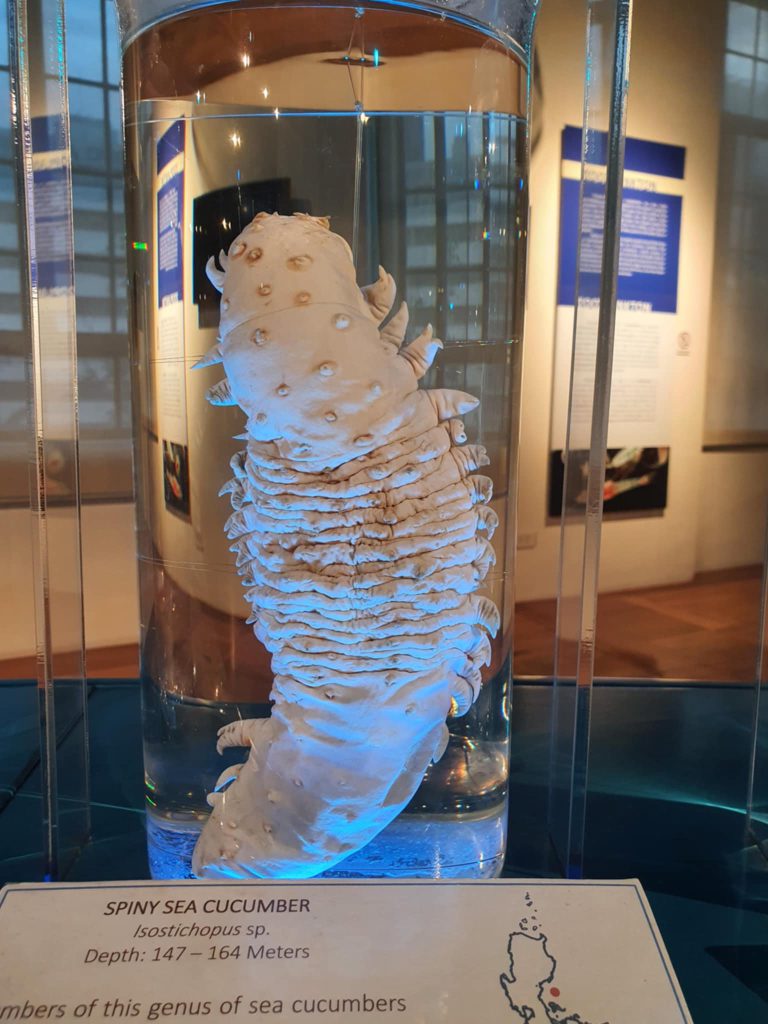

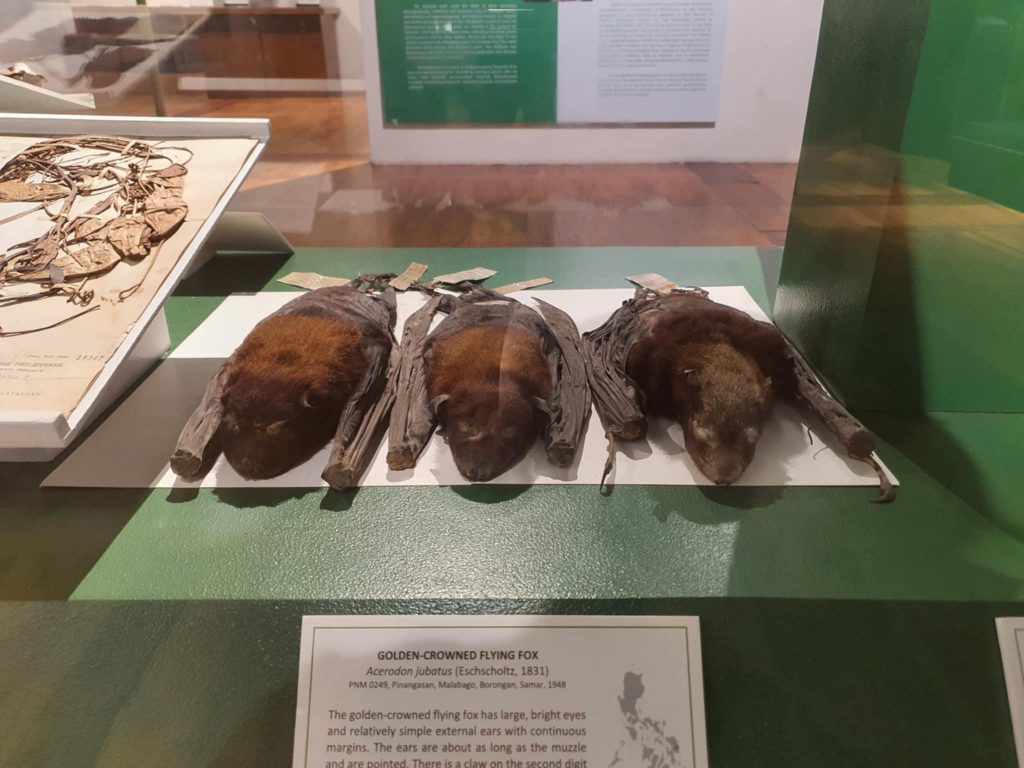
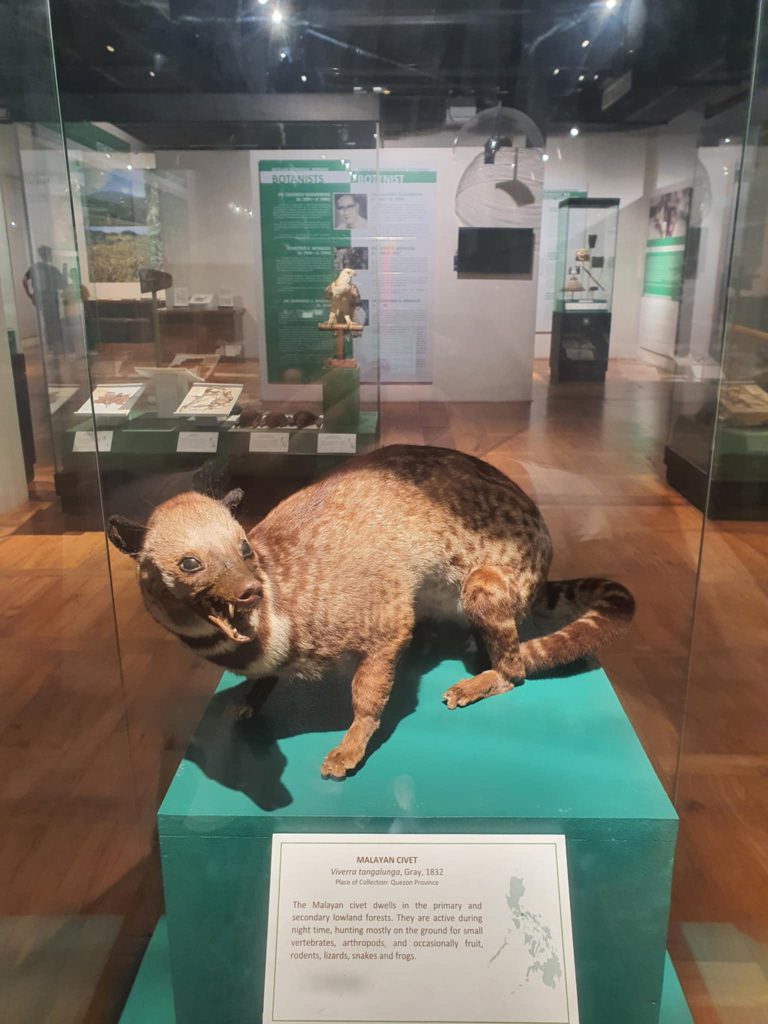
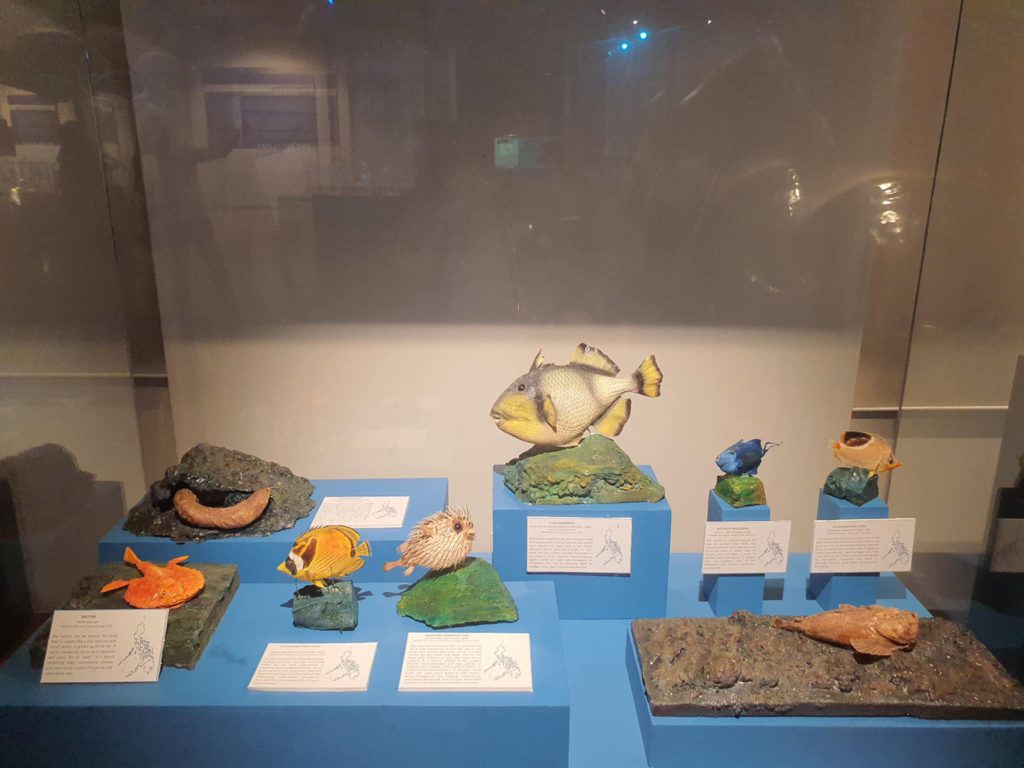
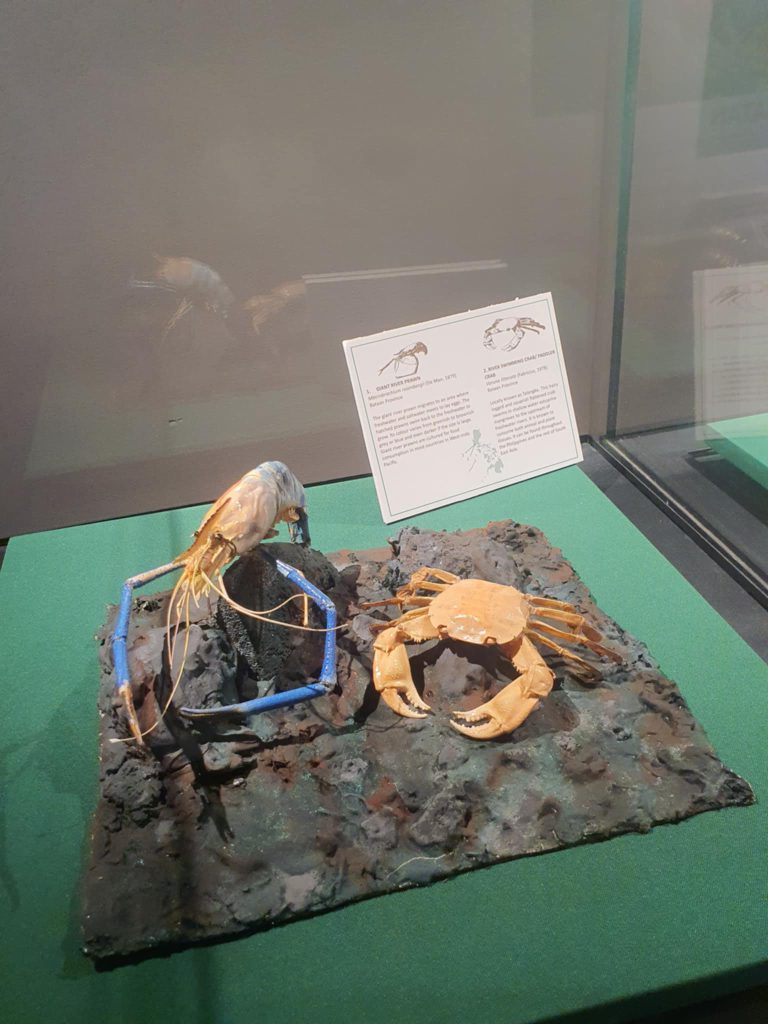
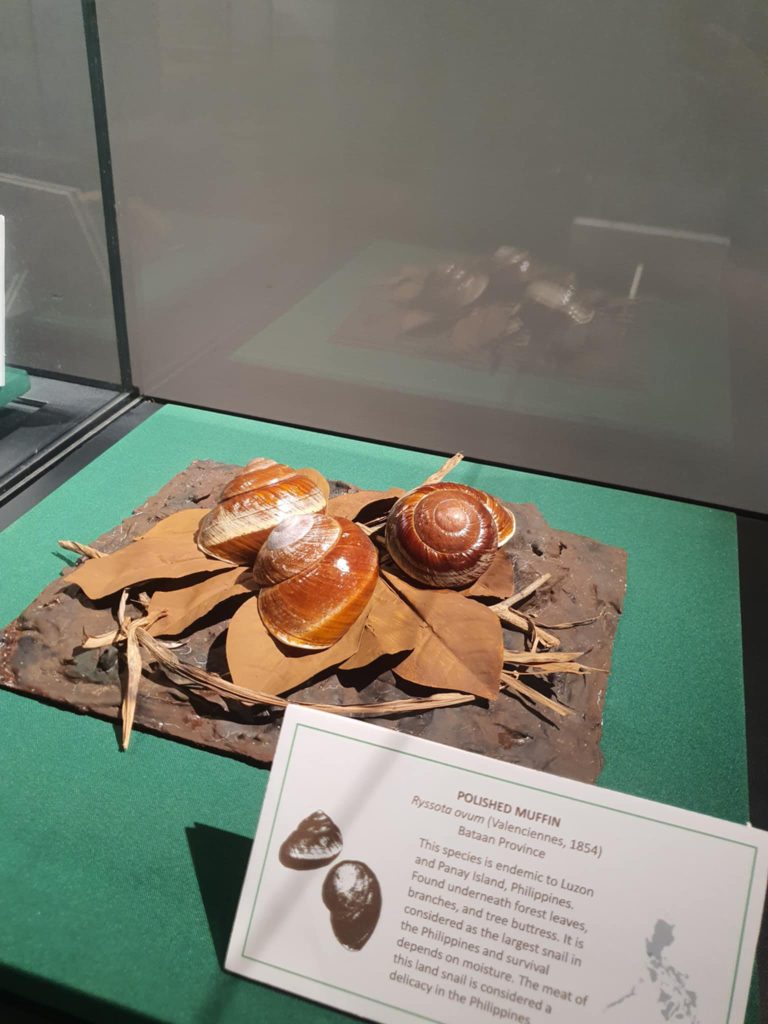
Lyle loved the starfish showcase.
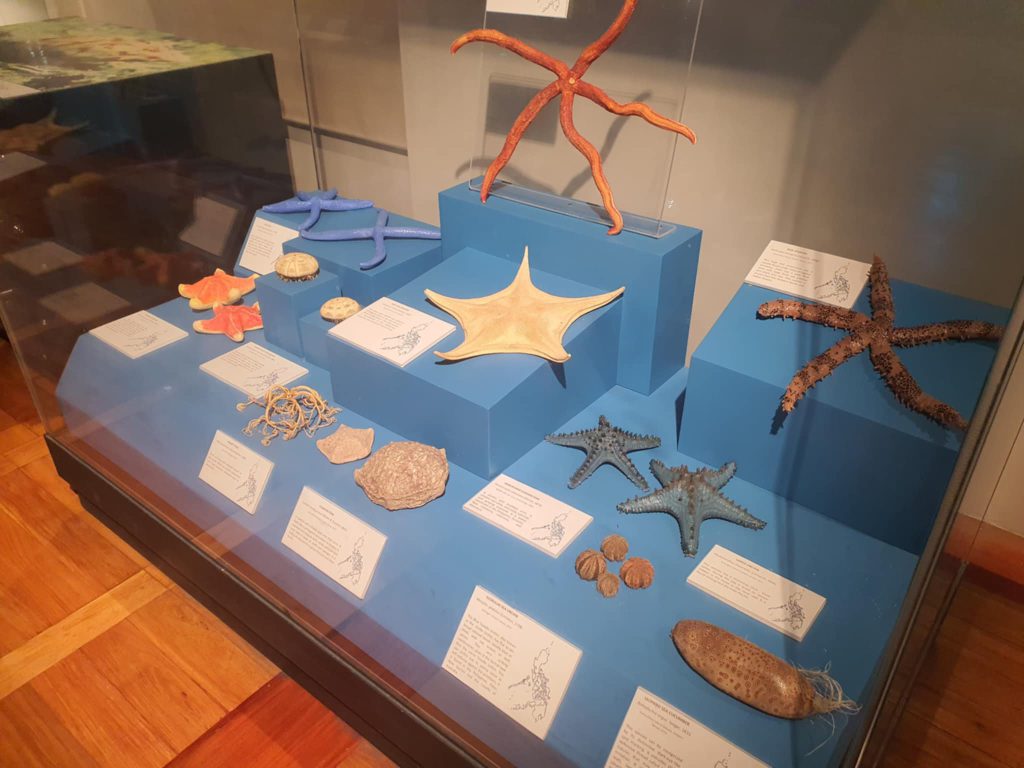
You just have to really go and visit.
Or I might update this with a more detailed blog or vlog when next we visit.
And then we chanced upon Lolong.
Remembering Lolong
Lolong was a giant crocodile hailed as the largest ever held in captivity. At 20 feet and 3 inches, he was a massive crocodile that attracted lots of attention.
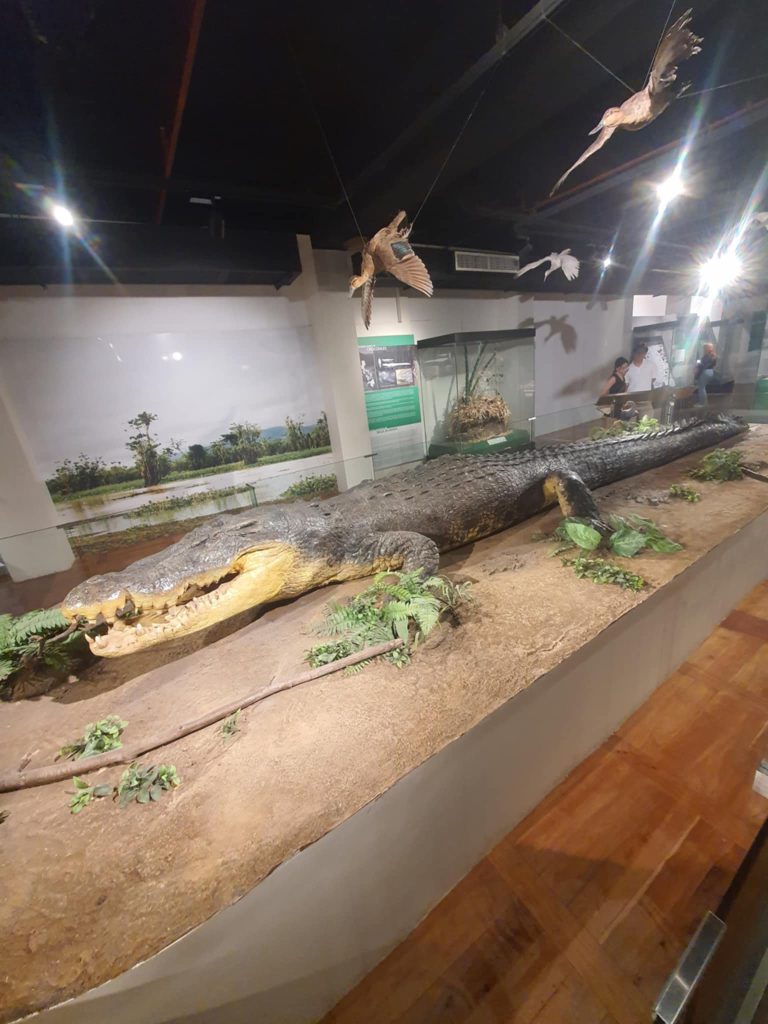
He holds the Guinness World Record for “World’s Largest Crocodile in Captivity”.
Sadly, his time spent in captivity was a short one. He lasted two years and five months in captivity before succumbing to pneumonia and cardiac arrest on Feb 10, 2013.
Who knows how big or how old he would have gotten had he been left in the wild.
Lolong Up Close and Personal
I was able to see Lolong in the flesh and thanks to my uncle’s connections with a gold mining company operating in Agusan, we were able to come up close and personal to the massive beast.
And pictures do not do Lolong justice.
Heck, even his replica in the National Museum pales in comparison to him in the flesh!
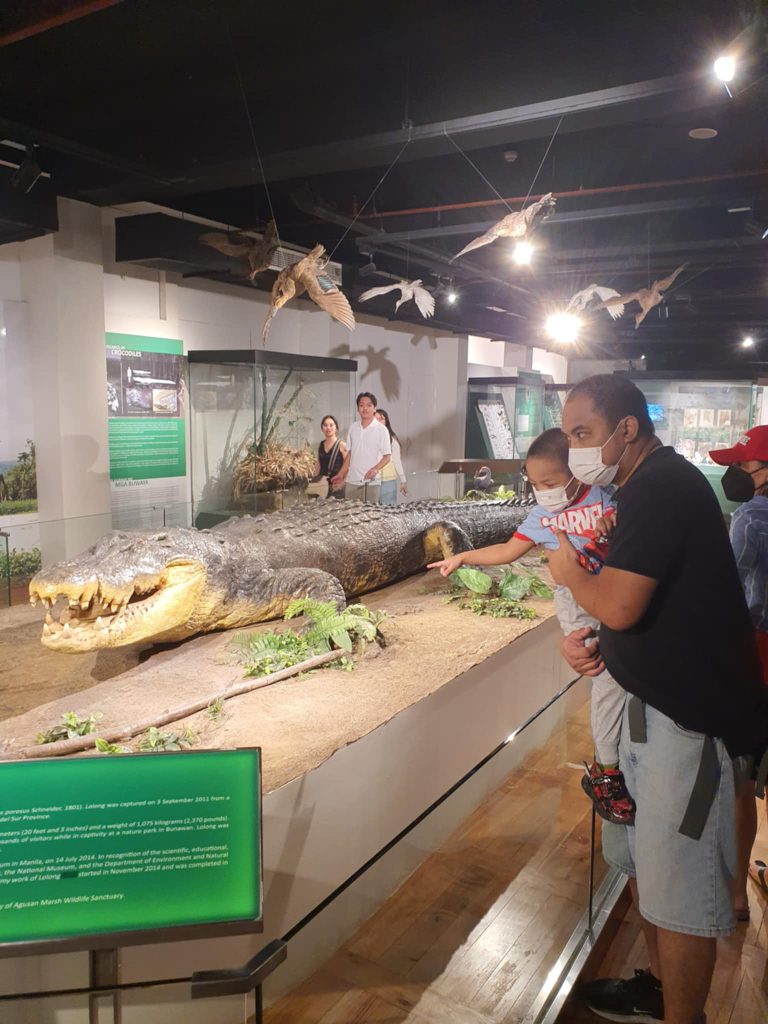
I believe I was around 14 feet away from him and all I could think about was that: if he does decide to lunge, he just might be able to reach me and swallow me in one or two gulps.
And at 5’9” – 5’10”, I would still not be enough to sate his hunger. I’d be more like a heavy snack.
I was right there while they were spraying water on him to cool him down and to fill his tank. but the effect of the water hitting his snout elicited gasps from other people who were outside the cage.
It was a flimsy wire cage in my opinion and after learning more about crocodiles, I realized that Lolong could have easily tore through it to escape his captors and go back to the marshlands.
Good thing that didn’t happen.
While he did have a much-criticized enclosure, a much better one, a deeper one was already in process. And aside from that, there were also a few smaller enclosures that no doubt would have been filled with other crocodiles that were near his size.
I believe Bunawan wanted to make their very own crocodile park like the Davao Crocodile Park.
I’d like to believe that would have been a massive hit especially if they were able to get similarly sized crocodiles to fill up the place.
It’s just too bad their star attraction died.
Lolong’s Effect on Bunawan
Lolong had a massive impact to Bunawan’s local economy. The sudden influx of visitors who were there mainly to see Lolong made it extremely profitable for local inns and restaurants.
Other establishments followed suit and tried to create products centered around the crocodile form.
I remember buying bread in the shape of a crocodile that they called, crocodile bread. There wasn’t any crocodile meat in it, thankfully. Just bread shaped like Lolong.
There was a long line of people who wanted to see Lolong. I don’t know how much they charged, probably a minimal fee of Php50? I dunno, we just breezed through the entrance and were taken directly to where Lolong was housed.
I believe a lot of donations came from local and overseas entiites to help support Lolong’s housing.
Had Lolong lived for at least 5 years, Bunawan would’ve probably been more recognized for their booming economy. Sadly, that didn’t happen for them. But then again, I think Bunawan is still profiting from the mining companies operating near them.
It’s just exciting to hear that an animal like a crocodile could effect such a large change on a place’s economy.
The Philippines has Long had Many Accounts of Massive Crocodiles
Lolong isn’t the only massive crocodile in the Philippines.
Pangil, of Davao Crocodile Park, has a pretty respectable size at 18 feet.
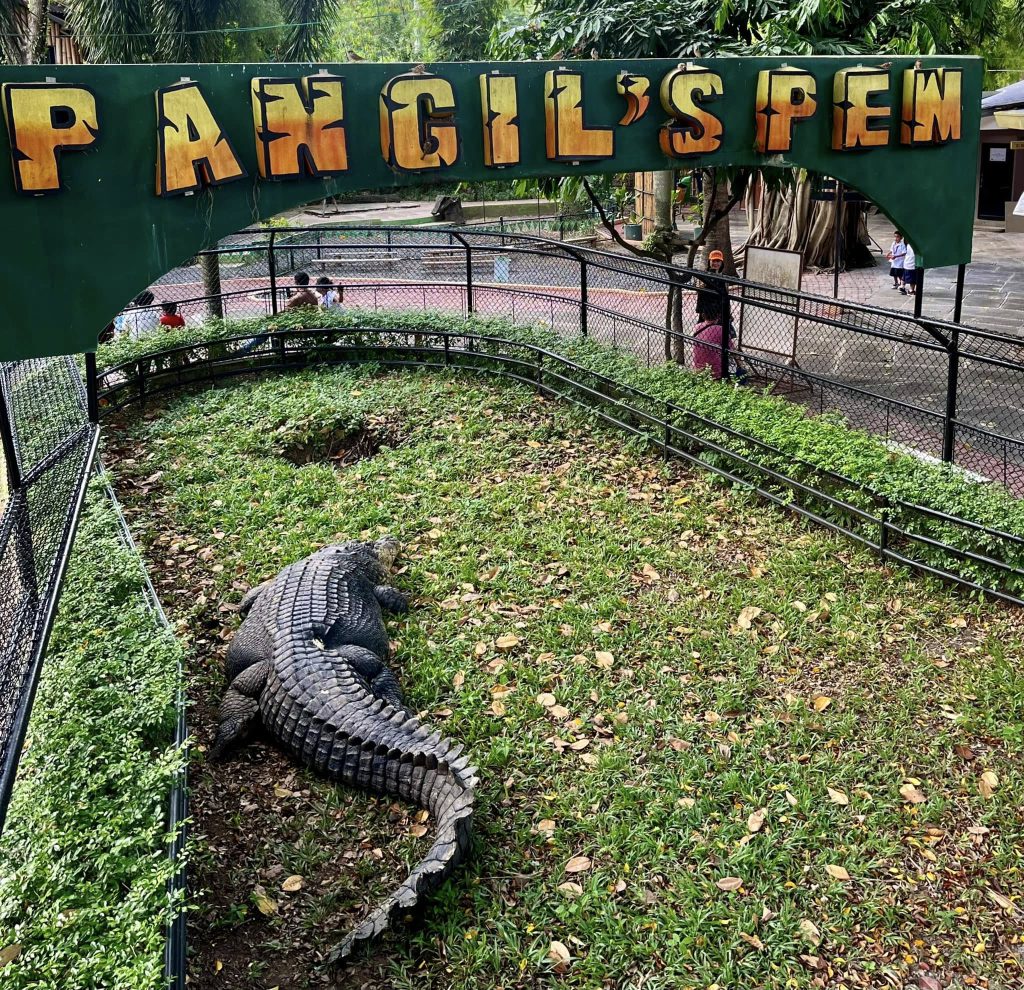
But even before that, there have been many stories of giant crocodiles in our midst.
We had such a large number of crocodiles that it was easy for people nearly a hundred years ago to just hunt them for alternative meat.
My grandfather even wrestled with one although in his story it was a massive one but after seeing the pictures, it was probably just a little shy of 6 feet long. A juvenile.
But people always talk about the giant crocodiles they saw swim alongside their boats or attack cattle that waded in the riverbanks.
And although these are anecdotal reports, there must be a hint of truth to it right? After all, before we actually saw Lolong, he was also regarded as a myth.
And some people in Bunawan even say that Lolong isn’t the biggest one. That there’s an even bigger one called Putol still swimming in the marsh.
No More Attacks from a Giant Crocodile Since Lolong’s Capture in Bunawan
Although after Lolong’s capture there have been no reports of crocodile attacks.
This isn’t proof though that Lolong was the only one massive enough to attack people.
You see a giant crocodile is more comfortable prowling the waterways at night and Bunawan officials have educated their locals not to engage in night time activities near the marsh.
So, this lack of attacks since Lolong’s capture could be the effect of people following instructions from their local govergment officials.
Was it Wrong to Capture Lolong?
This has long been debated that Lolong’s death was expedited when we captured him.
The animal lover in me says we shouldn’t have captured him. But I ave another side that says he should have been captured.
But to keep him in an enclosure… well that’s up for debate.
If he had not been in that enclosure, we wouldn’t have been able to see just how big he was.
If I had my way, I’d relocate him to a more remote area and cordon off that area to keep him within a set territory in the wild and to deter people from crossing. But that’s just idealistic me.
Doing that is near impossible with an animal his size. Lolong, being a giant crocodile will go where he wants to go, whenever and wherever he decides to.
And people will eventually enter his territory to either fish or to cross it to reach the other side.
Lolong and humans would’ve eventually crossed paths.
Lolong the Giant Crocodile has been Dead for More than a Decade
Anyway, Lolong has been dead for more thana decade now (how quickly time flies) and I’m glad that the National Museum managed to secure his skin and placed it for display where more people can see him in the er… flesh.
Allowing more people to see such a massive specimen is an eye-opener for a lot of people. My son was amazed to see a crocodile of that size and he looked at me with wide open eyes as we walked around Lolong’s display.
Lolong may be the last giant crocodile to have existed in the wild and we may never see such large predators again due to human encroachment and predation.
I’m just glad that in my lifetime, I managed to see a giant crocodile up close and personal (well as near as I could muster because I was genuinely scared that he might lunge and reach me).
I’m also glad that the National Museum of Natural History has lots of exhibits that shed light on the Philippines’ rich flora and fauna. We explored all 6 floors and stayed until closing time.
I highly recommend visiting the Museum of Natural history at least once in your life just so you can experience the Philippines’ rich history and biodiversity in full display.
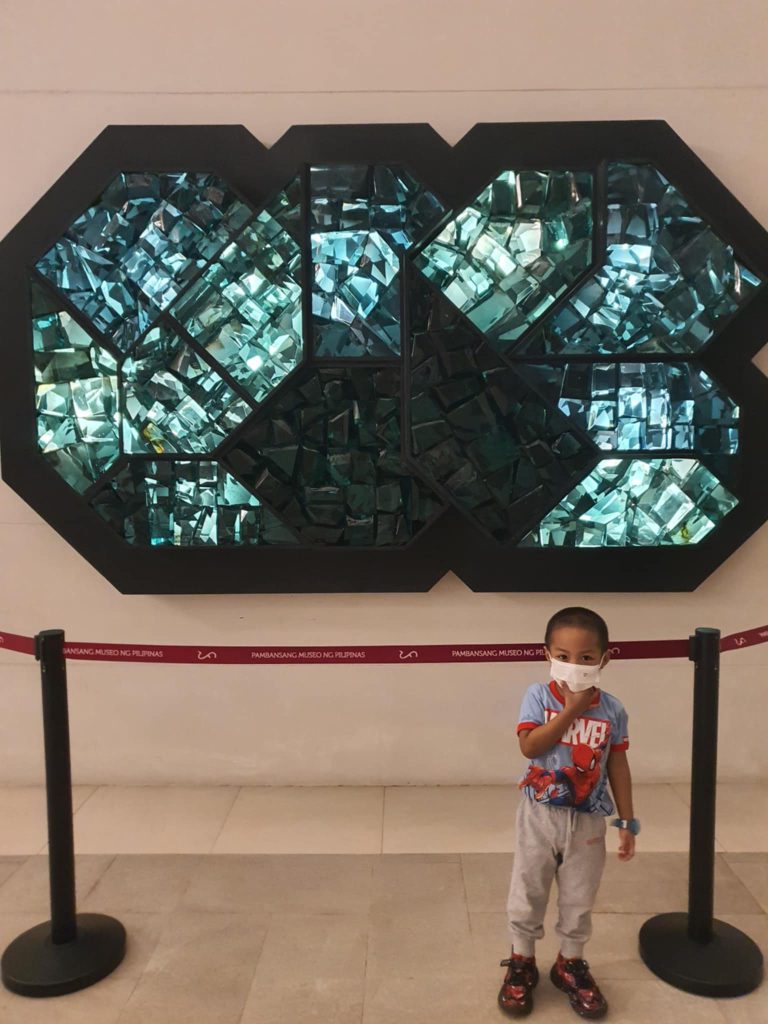
Interested in more blogs like this? Comment below or send me an email.


